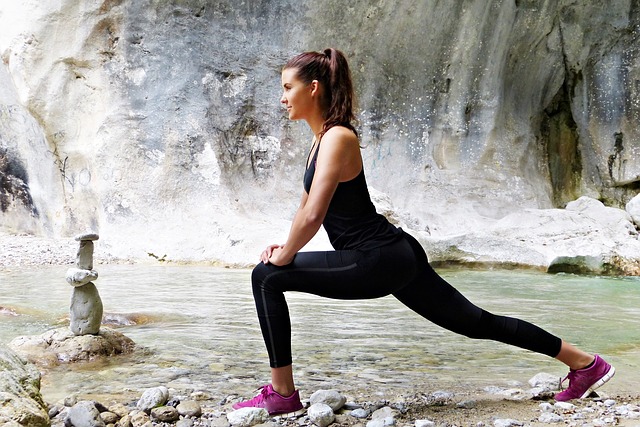We’ve all heard of and maybe even experienced a sprain or a strain. But do you really know the difference? A sprain is defined as a stretch or tear of a ligament. A strain, on the other hand, is defined as an injury to a muscle or tendon. Sprains can result from a fall, a sudden twist or a blow to the body that forces a joint out of place, while a strain can happen from twisting or pulling a muscle or tendon.
 There are specific ways of telling the difference between a sprain and a strain based on the symptoms that appear. Symptoms of a sprain include pain, swelling, instability, bruising and loss of functional joint ability. Sometimes there is an audible pop when the injury occurs. There are different levels of sprains too. A Grade I or mild sprain is generally caused by overstretching or the minor tearing of a ligament, but the person will still have joint stability. A Grade II or moderate sprain is more intense, but the person only experiences some loss of joint function. A Grade III or severe sprain occurs when there is a complete tear in the ligament and the person is unable to put any weight on the joint.
There are specific ways of telling the difference between a sprain and a strain based on the symptoms that appear. Symptoms of a sprain include pain, swelling, instability, bruising and loss of functional joint ability. Sometimes there is an audible pop when the injury occurs. There are different levels of sprains too. A Grade I or mild sprain is generally caused by overstretching or the minor tearing of a ligament, but the person will still have joint stability. A Grade II or moderate sprain is more intense, but the person only experiences some loss of joint function. A Grade III or severe sprain occurs when there is a complete tear in the ligament and the person is unable to put any weight on the joint.
Strains, on the other hand, have very different symptoms. Most people who experience a strain, will report pain, limited range of motion, muscle spasms and possibly muscle weakness. There may also be cramping, swelling and inflammation.
Instinctively, when a person experiences a sprain or a strain, learned first aid skills take over. Things like taking the pressure off the joint, raising the joint and applying ice to alleviate swelling and inflammation are all great places to start. Icing a sprain or strain is only good for the first 48 to 72 hours, as it will help decrease swelling. However, prolonged use of ice may impair movement and also interfere with the healing process because it constricts the tissues and impedes blood flow. But there are other possible solutions to healing a sprain or a strain. And one of these would be to see an acupuncturist or Traditional Chinese Medicine practitioner.
Traditional Chinese Medicine practitioners have many tools at their disposal that can assist in increased healing of a strain or sprain. When either of these injuries occur, the muscles surrounding the area tighten up in an effort to protect the injured site. This can then lead to stiffness in that joint. This is the body’s natural defense mechanism that decreases strong blood flow to the area. TCM practitioners use acupuncture and other modalities to help loosen up the muscles and increase blood flow to the area, which brings in tissue-healing oxygen and nutrients.
Increasing blood flow is just one way TCM can help. There are also specific acupressure points that reduce swelling, decrease inflammation and alleviate pain. Through the use of regular acupuncture treatments following a sprain or strain injury, the body can heal faster. The more frequently a person comes in for their acupuncture treatments, the quicker the results will occur.
Book your appointment today!

